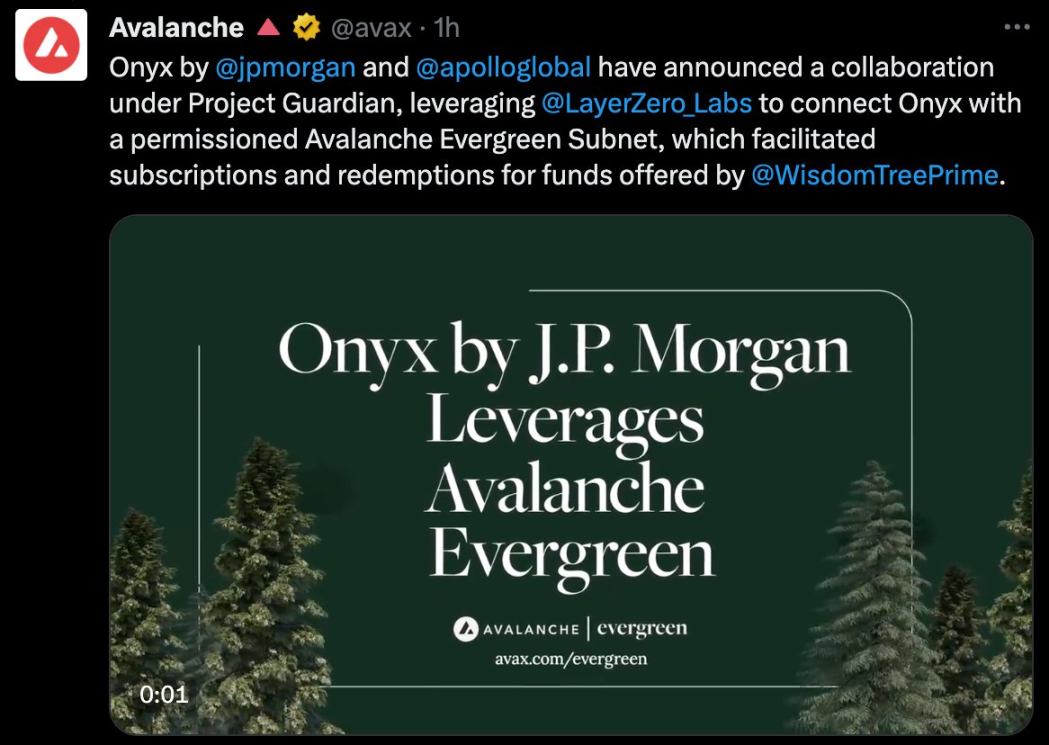Under the L2 trend, why does L1 regain a new life?
Original author: Ignas
Original compilation: Luffy, Foresight News
The more L2 there are, the more optimistic I am about competitive L1.
The last bull run was the beta phase of non-Ethereum L1: Alt-L1 competed for yield-hungry Degen by providing liquidity mining rewards on forked protocols of Aave and Uniswap V2. There is little innovation at the application layer outside of Ethereum.
Even non-EVM chains have launched EVM sidechains: NEARs Aurora, Polkadots Moonbeam, and Cosmos Kava. EOS EVM and Solanas Neon failed to catch up with this trend.
The only difference between these chains is:
Lower gas fees;
speed;
brand;
How much liquidity mining rewards can be provided.
However, as the bear market began and liquidity mining rewards decreased, TVL returned to the safer Ethereum.
To make matters worse, the new Ethereum L2 narrative has emerged with Optimism, Arbitrum, and others promising to bring scalability to Ethereum without compromising security. Additionally, they lure users with the prospect of potential airdrops.
L1 needed a reinvention and Im glad to see they did it:
Avalanche: Double expansion through subnets; focus on asset tokenization; introduce more stablecoins, etc.

Polygon: Become the hub for sovereign L2 for any given application; partner with OKX to launch new chain.
NEAR: Establishes itself as a monolithic and modular blockchain; partners with Polygon to extend Ethereum on the DA layer; NEAR also provides chain abstraction to L2 through unified UI (BOS) and L2 account aggregation.

Solana: Leading the wave of single blockchain expansion, enabling fast transactions without the need for cumbersome modular user experience. I will share more about the Ethereum vs. Solana debate in a follow-up article.
Fantom: Improving the monolithic blockchain design through Sonic upgrade to achieve 2000 TPS without sharding or L2, with the goal of attracting a new generation of DApps.

BNB Chain: Launched opBNB L2 to reduce fees, but the more important upgrade is BNB Greenfield, which focuses on data finance for data and IP monetization, and decentralized AI (LLM training with privacy protection).
Cosmos: ATOM itself seems to have lost its way in terms of its value proposition, but with the progress of Osmosis, Injective, Kuji, the Cosmos Hub is thriving.
L1 continues to innovate and specialize, while L2 becomes the new L1. Todays L2 is busy attracting forked protocols but lacks innovation and diversity.
Unfortunately, many L2 tokens have poor token economics, as evidenced by ARB’s controversial “staking” proposal.
Not surprisingly, the tokens of the established L1 became popular. They now offer a more compelling value proposition than they did in previous bull markets.
Or is this just a short-term rotation? I hope not.



